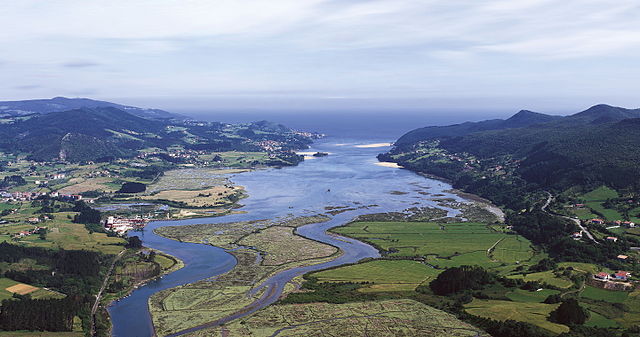An artificial reef (AR) is a human-created freshwater or marine benthic structure.
Typically built in areas with a generally featureless bottom to promote marine life, it may be intended to control erosion, protect coastal areas, block ship passage, block the use of trawling nets, support reef restoration, improve aquaculture, or enhance scuba diving and surfing. Early artificial reefs were built by the Persians and the Romans.
Human-created objects provide hiding places for marine life, like this Sarcastic fringehead
A newly constructed electrified reef set up by Gili Eco Trust in Indonesia.
Constructing an artificial reef using concrete breeze blocks
Oyster castle reef, Gandy's Beach shoreline protection project
Marine biology is the scientific study of the biology of marine life, organisms in the sea. Given that in biology many phyla, families and genera have some species that live in the sea and others that live on land, marine biology classifies species based on the environment rather than on taxonomy.
Marine biology studies species that live in marine habitats. Most of the Earth's surface is covered by ocean, which is the home to marine life. Oceans average nearly four kilometers in-depth and are fringed with coastlines that run for about 360,000 kilometres.
Tide pools with sea stars and sea anemone
Estuaries have shifting flows of sea water and fresh water.
Coral reefs form complex marine ecosystems with tremendous biodiversity.








